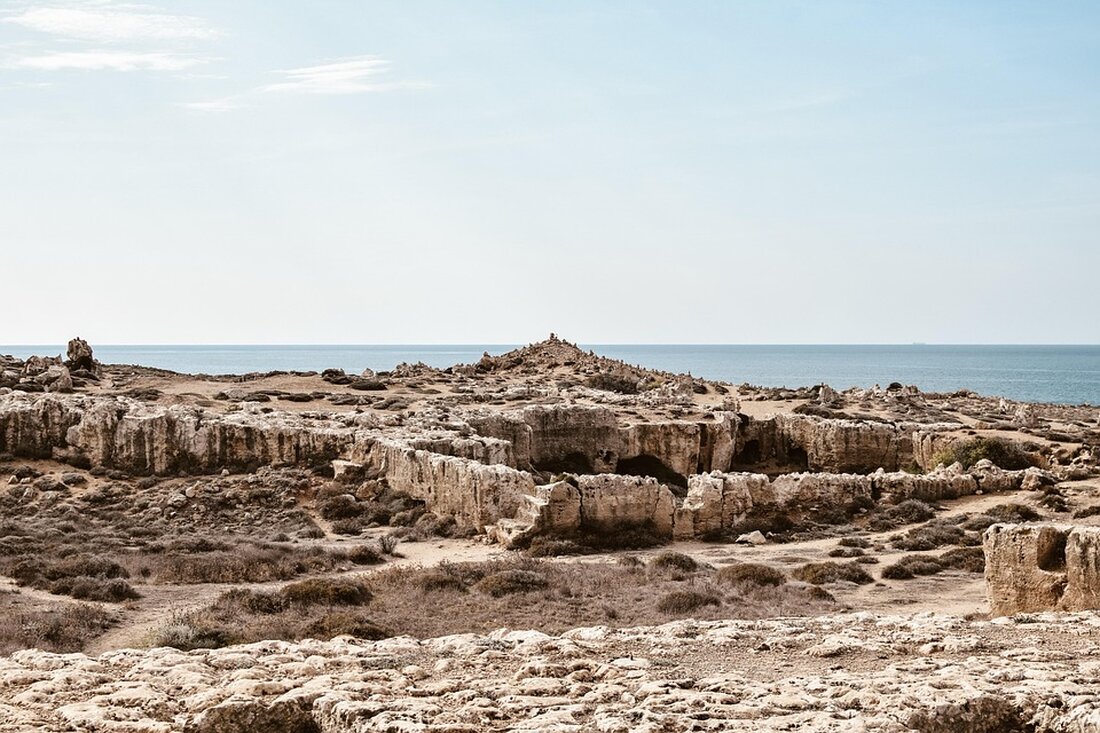Discover Cyprus: Hiking between gods and centuries-old wine culture
Discover Cyprus's cultural treasures and wine culture: hike through mythological sites and UNESCO World Heritage sites.

Discover Cyprus: Hiking between gods and centuries-old wine culture
Cyprus, the third largest island in the Mediterranean, is more than just a beach vacation destination. In addition to sunny beaches, the island offers unique cultural and historical experiences. Hikers can follow in the footsteps of Greek gods such as Aphrodite, Adonis and Dionysus in the Akamas nature reserve. These places are not only the settings of numerous myths, but also part of Cyprus' rich heritage, which dates back to ancient times. A particularly impressive highlight is the Sanctuary of Aphrodite in Paphos, which has been recognized as a UNESCO World Heritage Site since 1980 and attracts pilgrims from all over the world.
Not only are the hiking trails in Akamas less frequented than the ruins in Paphos, but they are also an ideal destination for discovering rare animal species and endemic plants. Guided hikes are offered by Manuel Ioannou, a local expert who leads groups through the scenic pine and juniper forests. Along the way, he gives exciting insights into the country's mythology and emphasizes the importance of environmental protection and sustainable tourism.
Cultural treasures and wine tradition
Cyprus's viticulture has a history that goes back more than 5,000 years. Panagia Chrysorrogiatissa Monastery has been producing wine since the 12th century, and guests can sample wines such as Maratheftiko and Commandaria, poured by monk Efthymios. This monastery is one of the many sites that reflect the influence of the wine tradition on the culture and daily life on the island. During Ottoman rule, monasteries circumvented restrictions on viticulture and made it their own liturgical necessity.
Younger generations of winemakers are committed to making Cypriot wines internationally known and bringing a breath of fresh air into the tradition. The Roman Villa of Dionysus in Paphos features impressive mosaics of the wine god and is another example of the intertwining of culture and nature in Cyprus. After a hike, visitors enjoy popular foods like Cypriot meze with olives and halloumi.
World Heritage Sites in Cyprus
Cyprus currently has three UNESCO World Heritage Sites that represent the island's cultural treasures. The first World Heritage Site, inscribed in 1980, is the ancient city of Paphos, followed by the painted churches in the Troodos area, recognized in 1985. These include, among others, the churches of Agios Nikolaos tis Stegis in Kakopetria and Agios Ioannis Lampadistis in Kalopanagiotis. The third site, Chirokitia, is an archaeological Neolithic settlement site and was added to the list in 1998.
Cyprus joined the World Heritage Convention in 1975 and has since recorded several important cultural recognitions. The tentative list currently includes eleven potential future sites that are already in discussion for future recognition. Lucerne newspaper Wikipedia
Getting to Cyprus is straightforward, with flights from Basel, Geneva and Zurich, and accommodation options vary from luxurious hotels such as the Anassa Hotel to charming accommodation in the mountain village of Drouseia. Cyprus offers its visitors a fascinating mix of culture, nature and history that goes far beyond traditional beach holidays.

 Suche
Suche
 Mein Konto
Mein Konto